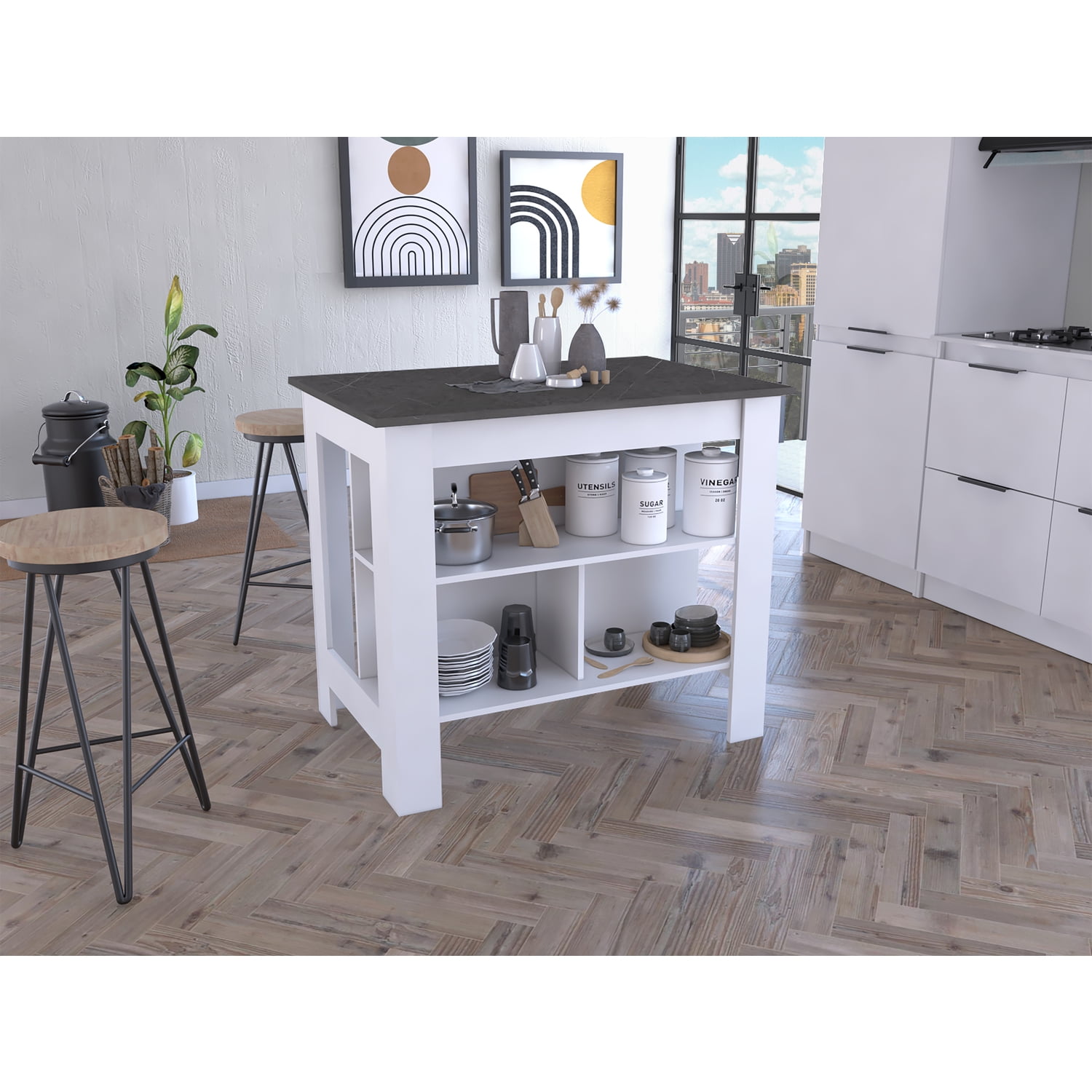Vital Elements to Think About When Selecting Legs For Kitchen Area Island
Choosing the ideal legs for a kitchen island includes a mindful assessment of multiple factors that can substantially affect both performance and visual allure. Amongst these, the choice of material plays an essential role in guaranteeing resilience, while the layout needs to complement the existing decoration. In addition, factors to consider such as height and weight support are vital for stability and comfort. As we check out these elements, it becomes clear that each decision can have far-ranging ramifications for the general kitchen experience. What subtleties should be considered in each of these groups to achieve the excellent equilibrium?
Material Options
When selecting legs for a cooking area island, recognizing the different product options is important for achieving both visual charm and structural integrity (Legs For Kitchen Island). The choice of product considerably affects not just the toughness of the island yet likewise its total style and functionality
Timber is a prominent choice, providing heat and versatility. Strong woods, such as oak or maple, supply toughness and can be tarnished or repainted to match the kitchen decoration. Steel legs, usually made from stainless-steel or functioned iron, add a commercial and modern-day feeling while making sure durability and security. These products are resistant to use and can sustain significant weight, making them ideal for larger islands.
One more alternative is crafted materials, like MDF or plywood, which can be more economical while still providing a series of finishes. Nonetheless, they may not provide the exact same degree of security as strong wood or metal. Lastly, products such as acrylic or glass can create a contemporary appearance, though they might require additional assistance to make certain stability.
Inevitably, the option of product for kitchen area island legs should straighten with the wanted functionality and the overall theme of the cooking area.
Design And Style

When taking into consideration style, the shape and surface of the legs are crucial. Conical legs can give a sense of lightness and beauty, while thicker, more robust legs can convey strength and security. Furthermore, the surface-- be it painted, tarnished, or natural-- must enhance the cabinets and kitchen counter products to produce a unified look.
Moreover, the layout of the legs can also reflect personal preference. Custom-made or decorative legs, such as those including elaborate makings or distinct geometric forms, can function as centerpieces, adding character and character to the kitchen area. Eventually, the ideal selection will certainly not only improve functionality however additionally raise the aesthetic appeal, making the cooking area island a standout feature of the home.
Elevation Factors To Consider
Choosing the proper her latest blog elevation for cooking area island legs is crucial, as it directly impacts both functionality and comfort. The basic height for a kitchen island normally varies from 36 to 42 inches, straightening with typical counter top heights.

It is also vital to account for individuals' heights and choices. Personalizing the elevation can make sure a comfortable experience for all member of the family, making the cooking area island a much more satisfying and functional space.
Weight Assistance
Guaranteeing adequate weight support for cooking area island legs is crucial for both safety and capability. The kitchen area island often offers multiple objectives, including cooking, dining, and added storage, demanding a robust support framework. When choosing legs, it is critical to think about the total weight capability called for based on the island's planned use and the products that will be positioned on it.
The choice of material for the legs plays a substantial role in their weight-bearing abilities. Strong wood, steel, and sturdy composites normally provide exceptional toughness contrasted to lighter materials. Furthermore, the layout of the legs-- whether they are straight, tapered, or have a pedestal type-- can affect their capacity to distribute weight efficiently throughout the framework.
Always seek advice from the producer's specifications regarding load limits to ensure that the legs can sustain the desired weight without endangering safety and security. In recap, picking kitchen area island legs with appropriate weight support is vital for creating a useful and secure cooking area.
Installation and Upkeep
Proper installment and maintenance of cooking area island legs are vital for ensuring long life and stability. This usually includes go to this site safeguarding the legs to the island base utilizing appropriate bolts, ensuring that the legs are level and straightened.
When mounted, regular upkeep is necessary to protect the integrity and appearance of the legs - Legs For Kitchen Island. For wood legs, periodic cleansing with a wet fabric and application of ideal wood polish can protect against moisture damages and keep their finish. Steel legs might require a mild cleansing solution to eliminate oil and grime, complied with by a completely dry cloth to avoid corrosion development
Furthermore, check the legs routinely for indications of wear or damage, such as fractures or loosened joints. Tightening up screws or screws as required can additionally lengthen the life-span of the legs. By adhering to these installation and maintenance techniques, property owners can guarantee that their kitchen island remains durable and visually appealing for years to come.
Conclusion

Visual comprehensibility is paramount in choosing the design and layout of legs for a kitchen island, as these elements considerably affect the total ambiance of the space. Tapered legs can supply a feeling of agility and elegance, while thicker, much more robust legs can communicate toughness and security.Picking the appropriate height for kitchen island legs is important, as it straight influences both capability and convenience. In recap, picking kitchen island legs with adequate weight support is important for producing a risk-free and practical culinary space.
In final thought, choosing legs for a kitchen area island necessitates careful consideration of various factors, including product alternatives, design, elevation, weight support, and setup.